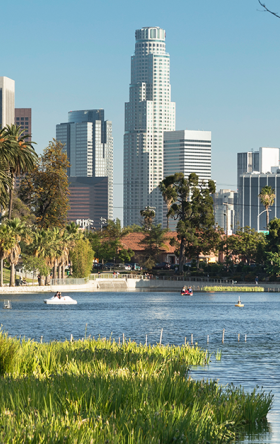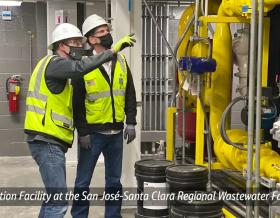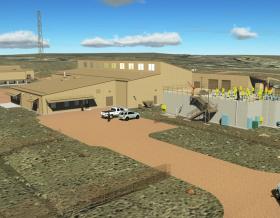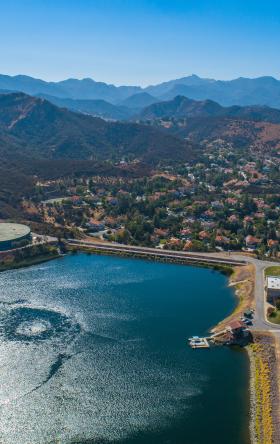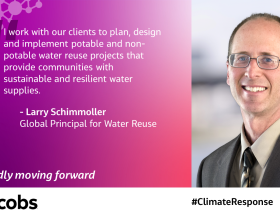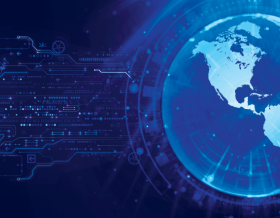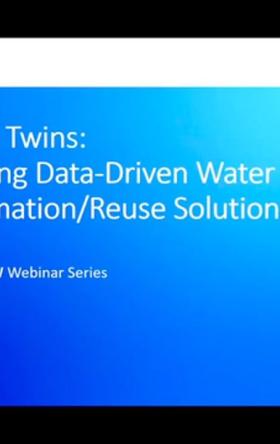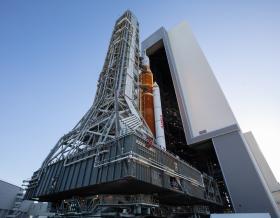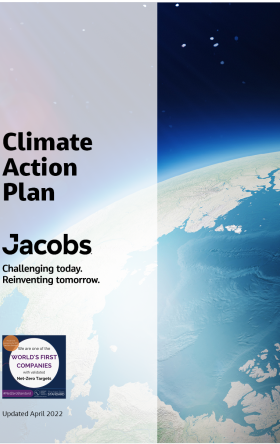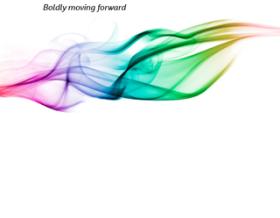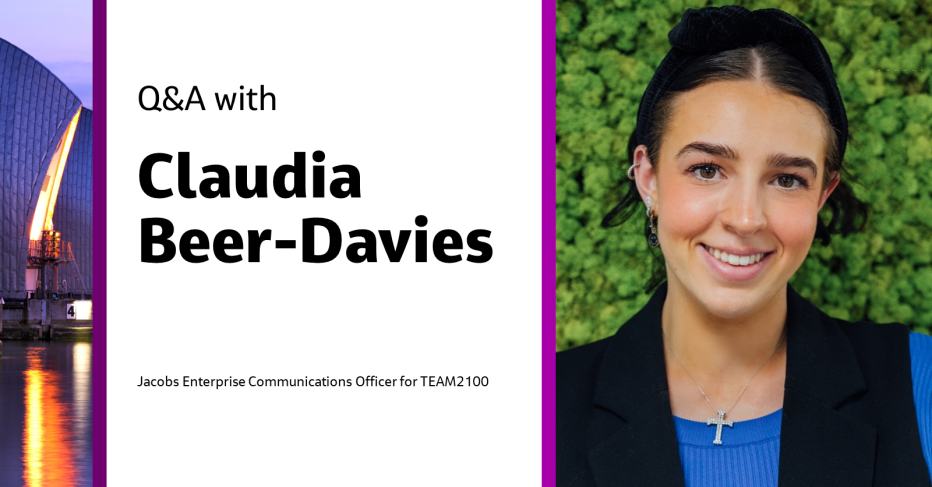
England’s Environment Agency (EA) created the Thames Estuary Asset Management (TEAM2100) program to develop a long-term approach to managing tidal flood defenses in London and the Thames Estuary. To safeguard London’s future, TEAM2100 requires a seamless partnership and one-team approach between several stakeholders and our client, both internally and externally.
In this article, Claudia Beer-Davies reveals how she is driving program results through data-driven collaboration and internal stakeholder engagement using fit-for-purpose communications channels, strategic content and the latest technology.
Hi, Claudia. Please describe your current role.
I joined Jacobs in October 2021 as the communications officer on TEAM2100. My main responsibility is to create and manage all internal communications within the program, and my secondary role is to manage the program’s official LinkedIn account. We have three main organizations that work together to form one integrated program team: Jacobs is the delivery partner, our client is the EA, and we work alongside Balfour Beatty, the construction partner.
My role focuses on driving collaboration and ensuring we’re all working toward the same vision. It relies on a foundation of consistent messaging and a singular focus on engagement across the integrated delivery team and the supply chain.
In essence, it’s keeping everybody in the loop with what we want to achieve, consistently emphasizing the why behind it, and sharing the schedule and plan of when and how it needs to be completed.
What are your biggest challenges in TEAM2100?
It’s about constantly achieving the highest levels of engagement and collaboration across those three organizations and the supply chain. Over the last 18 months, we’ve seen that cooperation has improved, mostly due to the increase in strategic communication. We overhauled structures and systems already in place, such as the newsletters and meeting schedules, and ensured that more key stakeholders were engaged.
Initially, my first goal was to get all our stakeholders actively involved in our communication channels. My tactics included getting presenters to represent the different stakeholders in meetings and include their unique content in the newsletters. My challenge was to get their buy-in, collect their content and organize their presenters. This is where relationship-building experience from previous roles has helped me cultivate those relationships.
What are the lessons in collaboration you’ve learned?
The biggest one would be to make sure your communication channels and formats are carefully chosen to achieve the outcomes you want. A few existing messaging activities were in place when we started, but the engagement had plummeted. The best example was the newsletter, previously created in Microsoft Word, exported as a PDF and sent out as an email. As a result of the format, no one was opening or engaging with it.
I introduced a system called Microsoft Sway, which is much more interactive and user-focused. You click on a link, and all the content pops up before you, taking you through an animated and responsive journey. It's far more engaging, and crucially, I also get detailed feedback for the views and user interaction. As an example, I sent the last newsletter out to 306 people. It earned 310 views with an average viewing time of four minutes. It has transformed our newsletter engagement and I've had some excellent feedback too.
We also changed the structure of our weekly meeting. Our whole program is invited to these, so we brought a schedule of new presenters to cover different areas. This drew more people in and increased engagement as attendees started seeing their colleagues being represented.
It’s also about introducing new channels. We started using office-based TV screens and Zeta display technology to enhance brand reputation and awareness through content. We also ramped up the content for our main external channel, the LinkedIn page. Thanks to posting regular content, we’ve grown our follower count by 654%, which helps its effectiveness as an additional content channel.
My last lesson is about unlocking the benefits of content calendars. Our calendars aren’t fancy; they’re just simple Excel files, but they’re super helpful. They help us plan for relevant events and create a balance between being proactive and reactive. They give us the space and time to leverage ad hoc opportunities, like winning an award or receiving great feedback.
What are the benefits you’ve seen from this improved engagement?
1. The first would be the increased sharing of knowledge, best practices and lessons learned.
That helps to drive efficiency and productivity throughout the program, improve safety levels, help cut down on costly errors, enhance operational resilience and protect the reputation of all partners. Sharing these insights supports the program’s key performance indicators and our overall enterprise delivery measures. This increased engagement and strong cross-organizational collaboration now serve as a model for other programs, both within EA and beyond.
A practical example of these best practices can be seen in the creation of our TEAM2100 quarterly newsletter as an online publication via Sway — following its success, this approach has since been adopted in other areas across Jacobs. Additionally, our overall internal communications plan and case study have been shared with other Jacobs projects.
2. A second major benefit is that it gives a strategic voice to key stakeholders and educates the teams.
Case in point: even though this is essentially an EA project, our sustainability team had very little exposure when we joined the partnership. This team does so many amazing things and is a leader in the industry, so one of my first tasks was to include them and their achievements in the newsletter. They now have a regular dedicated slot and a biweekly platform on our program-wide weekly meeting.
As a result of this exposure, they've successfully introduced many more sustainable activities across the program, and the other stakeholders have been educated about sustainability and social value. It goes beyond pure promotion and awareness; it helps educate project managers to be more aware of wildlife (such as nesting birds) and empowers them to be more aware onsite.
As part of this profile-building task, we also developed the LinkedIn page to showcase TEAM2100’s work to a wider audience of peers, and it has grown from eight followers to over a thousand.
“Be confident in your ability — not just with your communications — but with your ability to network and express your views. ”
What roles do inclusion and diversity play in TEAM2100?
They are vital ingredients in our collaboration recipe, and their impact has grown steadily. Due to all three organizations being involved, we’ve had a variety of different inputs. We've learned from each other's companies and cultures, from wellbeing calendars and activities to annual wellness surveys and regular health and safety workshops. We also host charity fundraisers and offer volunteering opportunities to support local causes, and I’m personally involved with Prism, our global employee network at Jacobs for LGBTQ+ individuals and their allies. I've delivered Culture of Caring moments on Pride and have organized LGBTQ+ community parties in the offices. We've also had countless coffee and cake conversations and have promoted several other Jacobs employee networks (JENs) such as Harambee, our Black Employee Network, and ACE (Access. Connect. Empower), which champions accessibility, community and opportunity for caregivers and employees with disabilities. We’ve also watched JEN content on shared screens in the offices.
It’s not just Jacobs content; Balfour Beatty has a similar version of Prism called the Affinity Network, and one of the co-chairs is on TEAM2100. A key point here is that all content and links are open to everyone on TEAM2100, regardless of the company they work for. This is where Microsoft Sway is a big help, as it opens access to everyone, drives engagement and offers data insights.
What are the most essential skills to future-proof a career in stakeholder engagement?
The most crucial skill is communicating clearly, concisely and effectively on every channel. Initially, I had to reach out to hundreds of new contacts and explain why I wanted them to send me this content and what it was being used for. If you can't communicate that effectively, at the very least, you won’t achieve the engagement you need. At worst, you’ll lose client and stakeholder confidence and experience a drop in productivity and collaboration.
The second skill is empathy. You should regularly put yourself in a stakeholder or client’s shoes and try to understand their motivations and needs. It will help shape what you need to say and when.
Next is adaptability: It’s crucial skill to gauge how people like to communicate and to tailor your tone and approach. Some people prefer a degree of formality, while others respond to casual conversation. The more you engage, the more you learn. It requires curiosity, patience and listening skills.
This leads to a final skill: analysis. Once you have gotten to know your stakeholders, it’s about constantly assessing how to improve things through behavioral and data insights. It relies on taking a step back, analyzing the responses and feedback, and then reworking your approach, which can also require some creativity and lateral thinking.
What advice would you give to young professionals entering the industry?
Don't be afraid to throw your hat in the ring, even if it’s a little scary. A positive, can-do attitude is hugely appreciated, but on the flip side, don't be afraid to say no if you don’t feel you can add value or it doesn’t feel like the right fit. This is crucial, as many younger people in the industry lack the confidence to say yes or no. Be confident in your ability — not just with your communications — but with your ability to network and express your views. Introduce yourself to senior leadership and subject matter experts. Talk about who you are and what you're trying to achieve.
Asking for help, support or clarification will always help improve relationships and results, regardless of the industry.
What is your most proud career achievement?
I received a TEAM2100 Quality Award for my production and delivery of internal communications. It was incredibly gratifying to be recognized by senior leadership and clients as I'd only been on the program for a few months and was still new to Jacobs.
What would people be most surprised to find out about you?
I was selected to do a voiceover for TEAM2100. I helped to produce the script and then I narrated the final video! We were proud of the result, and it led to a few more voiceover roles.
What do you most enjoy about working at #OurJacobs?
The people, without a doubt. Everyone I work with is fantastic, and that includes the partner companies in TEAM2100. There is no negativity; it’s a culture of support and kindness. When I ask for help, it’s always offered quickly and without reservation — no matter the seniority.
I love the role variety thanks to all the different projects within the program; no two days are the same, and I’m constantly talking to new people with unique skills.
Lastly, I’m proud to be part of TEAM2100. It’s incredible to think we’re preventing London from flooding and safeguarding its future as part of a ground-breaking 100-year plan.
About the interviewee

Claudia Beer-Davies is a stakeholder engagement and communications specialist with experience in relationship building, sales and account management. Claudia excels in driving collaboration and teamwork through strategic content and communications, and these skills have helped elevate productivity and delivery on TEAM2100.
Join #OurJacobs team
What drives you drives us as we work to build a better world – together. At Jacobs, every day is an opportunity to make the world better, more connected, more sustainable. We’re always looking for dynamic and engaged people to join our team. Bring your passion, your ingenuity and your vision.



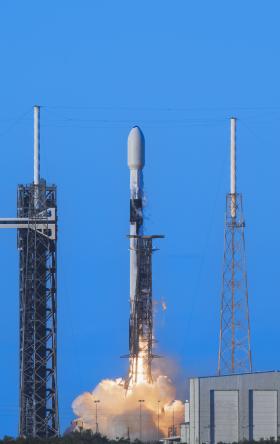

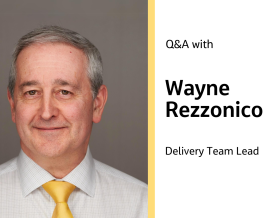


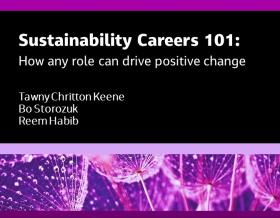
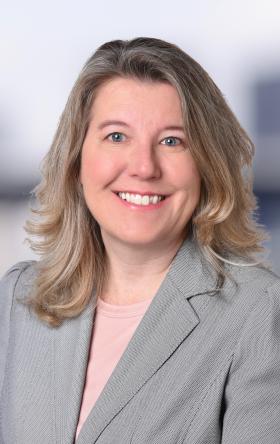
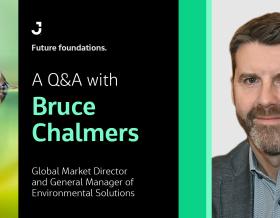
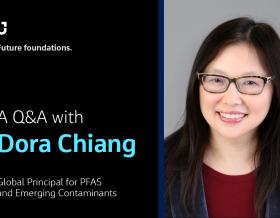
2c4e.jpg?h=c7c14dee&itok=FmPI2126)



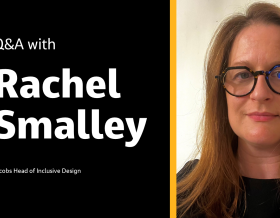

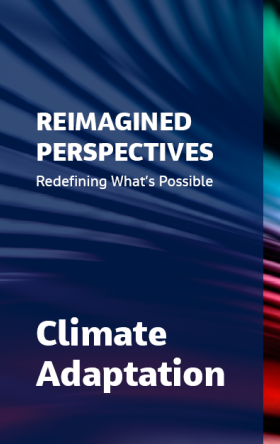
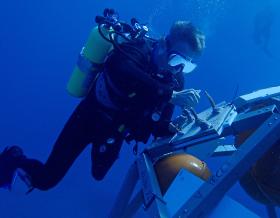
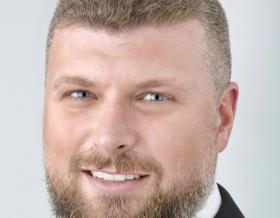
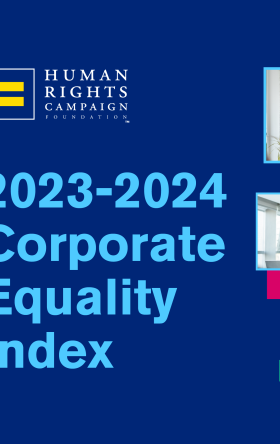
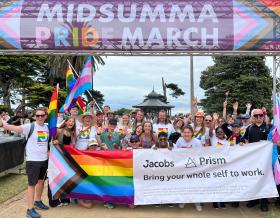
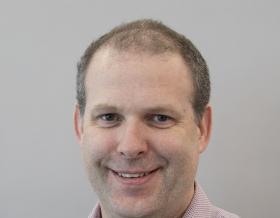





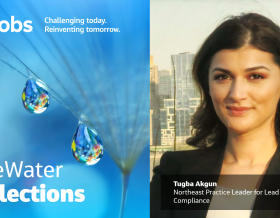

_0ac2b.jpg?h=8a6d63f3&itok=5vsqFiQH)

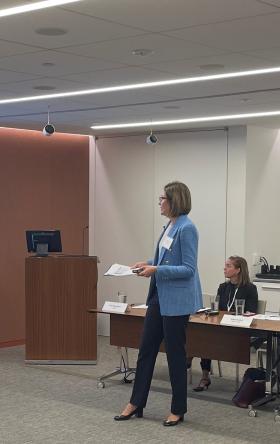

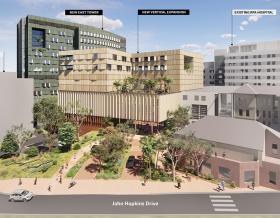

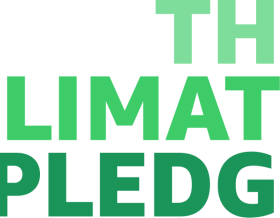

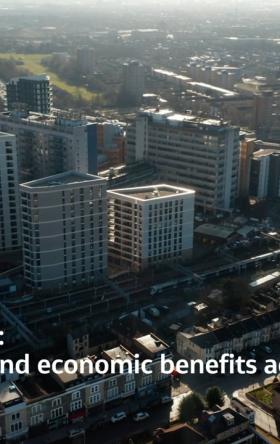
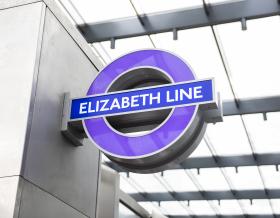
2747.png?h=1314d3d4&itok=rFs9mG95)
